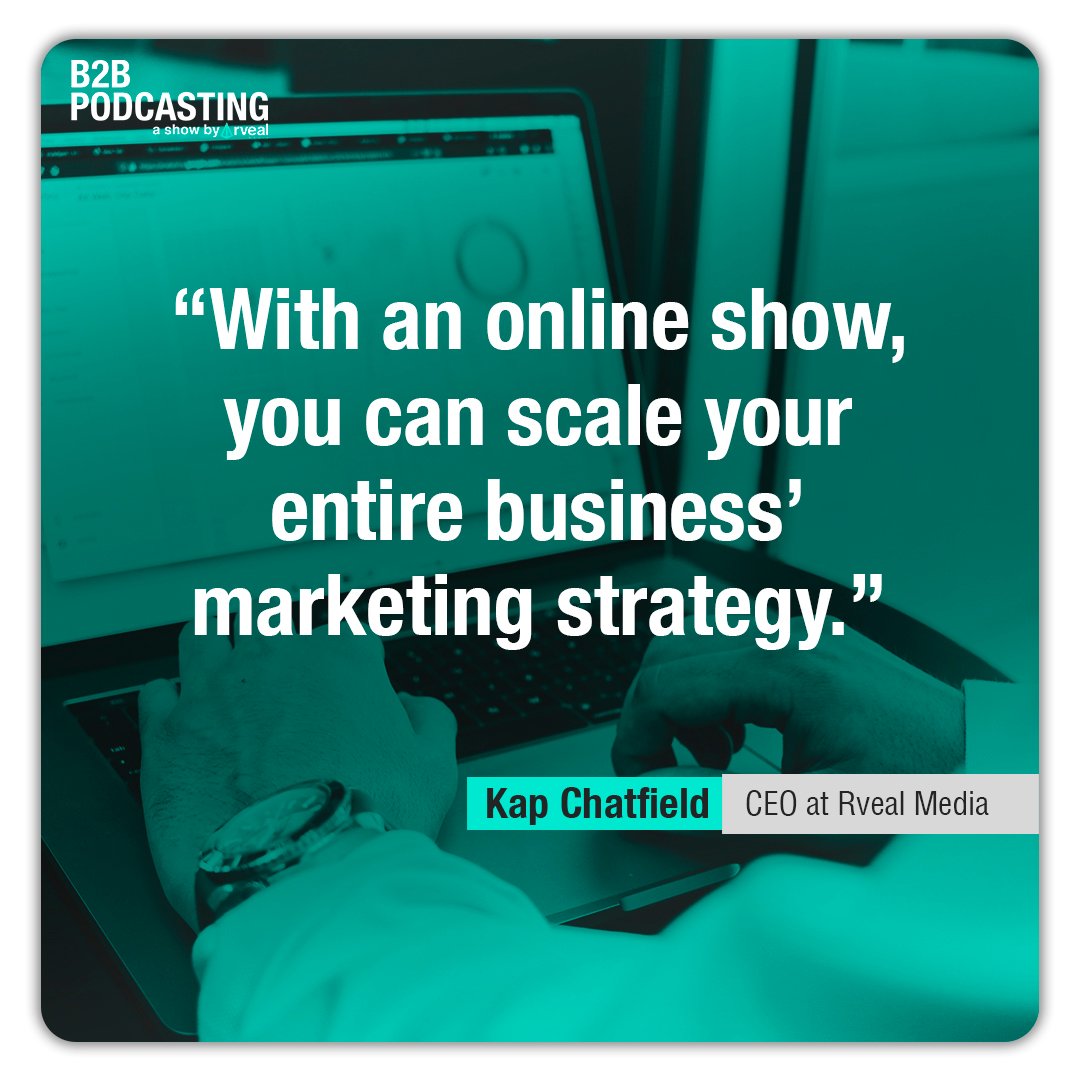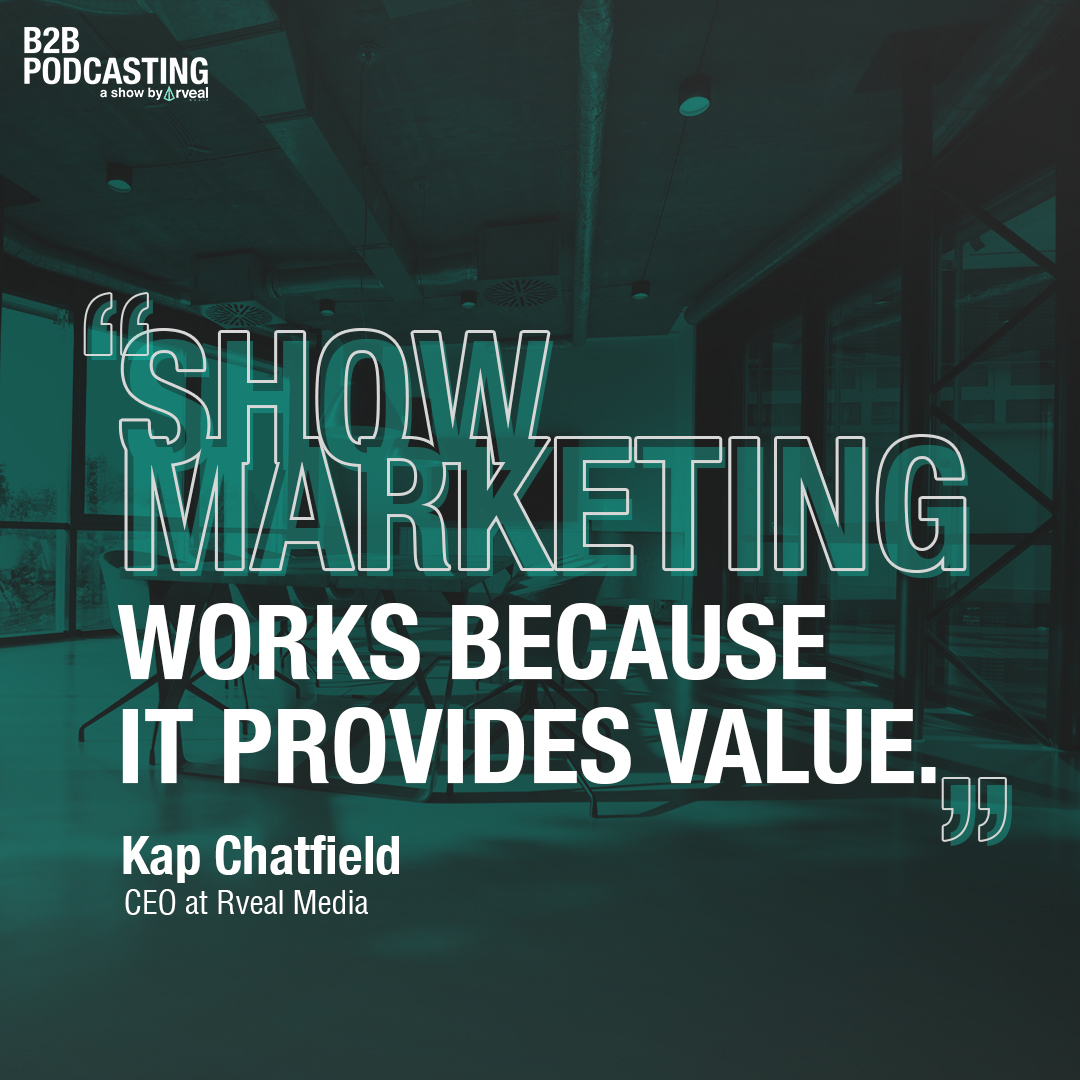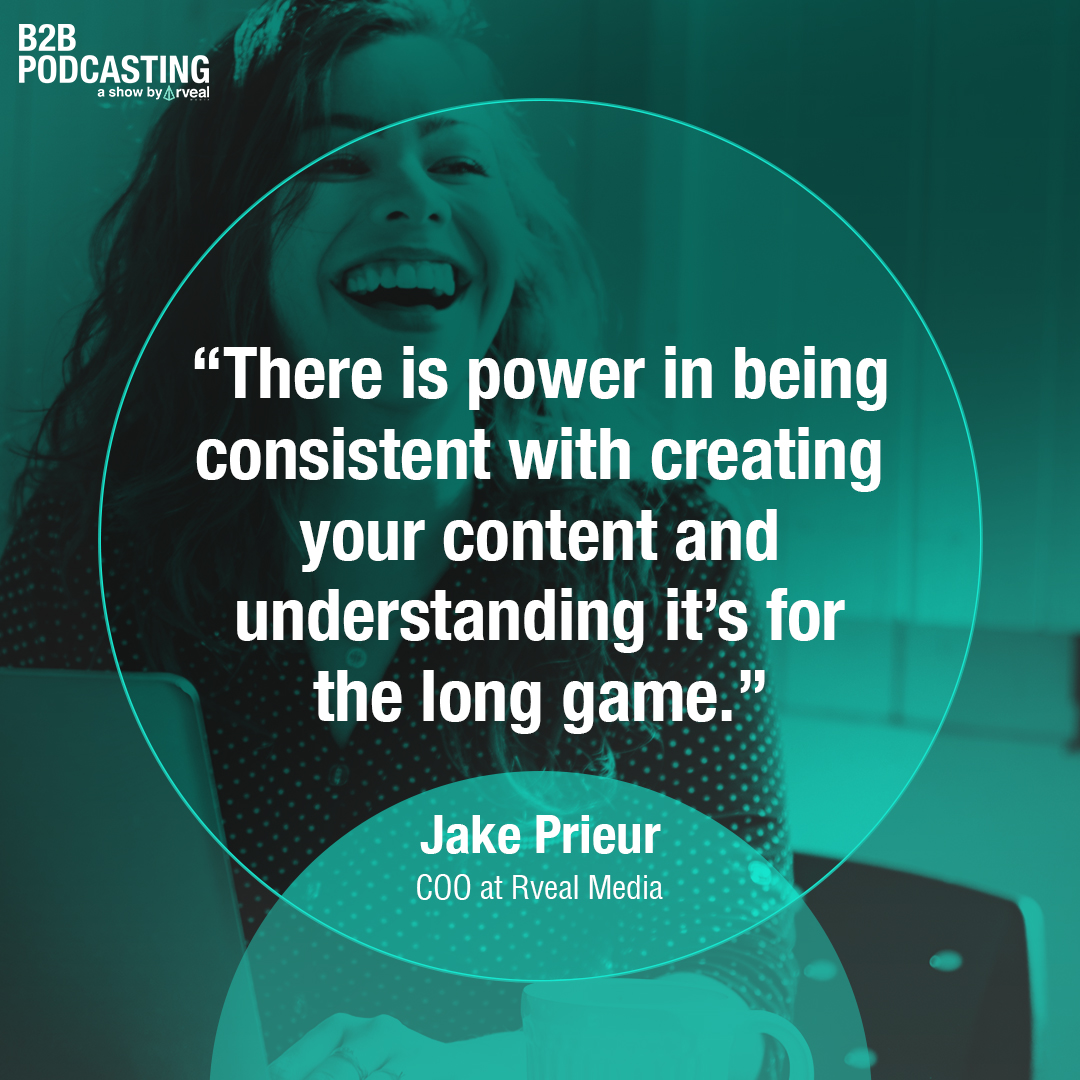Show Marketing: What is it, and why is it the future of B2B marketing?

We’ve all had the experience of being on the receiving end of pushy marketing efforts, and it can make you feel like running in the opposite direction—even if you were interested in the product/service. People don’t like being sold to, because it makes them feel like they have to play defense.
As a consumer, can you relate?
But from a marketers perspective, that tendency puts your business in a real bind. You know strictly sales-oriented marketing can push your audience away, but you can’t do nothing. Marketing is a critical piece of a successful company.
In this article, we’ll dive in to a new strategy that solves the problem for both consumers and companies: Show Marketing. But first, we’ll cover the problems that it solves, specifically for B2B businesses.
4 Most Common Marketing Problems for B2B Companies
Lack of good strategy
Many companies really struggle with a cohesive, long-term marketing strategy. The rapid evolution of the digital landscape has only made it more complicated—it can feel a little like the Wild West on social media these days. Everything changes so rapidly and it’s difficult to predict where you should focus your efforts.
How can you possibly commit to a strategy for 6 months, or even a year?
Lack of a consistent tracking of ROI
This problem goes hand-in-hand with the lack of strategy. Digital marketing efforts are often disjointed and spread over multiple platforms, which makes it next to impossible to reliably track ROI.
Companies don’t hire agencies just to make pretty graphics—they want real, measurable results so they can feel confident in their marketing investment. If you don’t have a good way to collect and interpret metrics, whether it’s for social media, email campaigns, digital ads, you name it: there’s no way to see if those efforts are contributing to your bottom line.
There’s no foolproof solution for tracking ROI in an increasingly complex marketing ecosystem, but there are ways to improve it.
Lack of synchronicity between marketing and sales teams
These days, everything is connected. Today’s customers want to educate themselves on your product or service before engaging with a salesperson or purchasing, so your marketing and sales teams need to have a near-symbiotic relationship.
In the past, those departments were mostly separated. The marketing team would handle the top of the conversion funnel—brand awareness, prospects, and high-level education for potential customers—and then the sales team would handle the rest.
Bringing sales and marketing together is necessary, but a significant challenge for many companies.
Lack of feeling: marketing isn’t transactional anymore
The last hurdle for many B2B companies is transactional marketing. It used to be a reliable, direct method of attracting customers, but as the digital landscape evolves, it doesn’t work like it used to.
Your customers want and need education about your product/service before they make big decisions, and that won’t happen with just one ad. Marketing that is story-focused instead of strictly sales-focused will have better results.

Enter Show Marketing: A New Approach
What is Show Marketing, anyway?
Take a moment to consider your marketing from a different perspective.
What do people actually want to consume when they’re online? This may seem like an unrelated topic, but read through to the end and it will make sense.
Consider YouTube videos: they used to be ad-free, and you could watch what you were searching for with no interruptions. Now, videos are punctuated by ads. Visually, it looks like this: [insert graphic with red/gray play bar and yellow sections for ads, ‘skip ad’ button]
When you’re watching an ad, you typically have an option to click “skip ad” after 5 seconds. That five-second window is all the time a company has to grab your attention before you click “skip” and move on to the content you actually want to consume.
How often do you actually watch the full ad, and how often do you click the “skip” button as fast as you can?
Too many businesses focus all their marketing efforts on that 5-second window of disruptive advertising, when it’s actually possible to use the whole video as your advertising.
Think about your marketing as the show—the hypothetical video that you opened YouTube to watch. Unlike a commercial, treating your content like a show gives you
- a captive audience
- platform to educate your audience
- a CTA with a much higher response rate

Sounds too good to be true? We promise it’s not.
Show Marketing builds on our natural human tendency to want to be in control. When we choose to interact with content, our guard is down and we’re open to receiving new information and ideas. On the other hand, when we are bombarded by “the commercial” that interrupts our day, we’re immediately on the defense. Your sales marketing has to be a hundred times more compelling to break through that barrier.
Nobody likes being sold to, even if they want what you’re selling.
But a story? That’s something people will listen to.
How it works: the nuts and bolts of Show Marketing
Show Marketing has a low entry cost to production, and the sky is the limit. You can start with your computer’s built-in webcam for a remote video podcast, or fancy recording equipment. The value of what you’re providing isn’t in flashy production, but what’s in your heart and mind.
Here’s how we would get maximum value:
- Record one 20-30 minute video podcast once a month, speaking on your expertise or bringing on guests to interview (which leverages their network and expertise).
- Use every scrap of that long-form video. It’s now a mine of content for you to cut up and repurpose. This gives you social media posts, email marketing content, quotes, and of course the full-length podcast episode that you post to your blog.
- Get strategic with every video. Speak on what’s important to you and your company, make those topics SEO-friendly, and further boost your reach by running Google ads on that content.
No more lack of good strategy or tracking ROI
Show Marketing is the foundation for all your digital marketing efforts. While it takes some effort on the front end to make sure your content is worthwhile for your audience and relevant to your company, you can scale your entire marketing strategy from an online show.
Many marketers struggle with disjointed efforts and inconsistent strategy. Show Marketing solves that. It also becomes much easier to pivot content and strategy for different seasons in your business when you can focus mainly on the nucleus of your strategy. Everything else flows from there.
Additionally, with an online show you can build a path for digital traffic much more simply, which improves your tracking ROI. You can track everything in your digital marketing efforts if you know what to tag—and when your endpoint is the same for each element of your digital marketing strategy, it creates a smoother sales funnel.
Better for your audience, better for your tracking.
Steps to success
We all value good production, quality audio, and flashy visuals. But what’s the secret sauce of a successful show? What elevates a “decent” show into a great one?
It all comes down to the quality of the content you’re sharing. What problem does your product/service solve for your target audience? Your content should provide real value to your audience, even if they never do business with you.
People can sense a genuine approach, and it’s captivating.
Challenges to consider
The biggest challenge for successful Show Marketing is simple: time.
Show Marketing won’t give you immediate ROI—because you’re building an audience and relationship. Google ads are a great low cost per click option with quick results, but you don’t own that content. You aren’t building an audience with Google or social media ads, you’re renting the attention of those platforms’ audience.
However, if you’re willing to put in the time, your marketing growth could look like this (insert hockey stick on a chart).
It may be slow at first, but when you have an audience’s captive attention, you can sell them anything.
Other challenges include having the time and resources to invest in your show (creating thought leadership content, producing it, repurposing), needing equipment, and the overall learning curve of creating content in a new way.
 How we do Show Marketing at Rveal Media
How we do Show Marketing at Rveal Media
At Rveal, we help people make Show Marketing a reality for their business.
If you’re in a place where you want to simplify and scale your marketing strategy and stop running like a hamster on the wheel trying to get traction, we want to help you.
We can walk you through how to start a show today. Click the button below to check out our demo video.
Reach out to Rveal:
- Rveal’s website: rveal.media
- Rveal’s LinkedIn: https://www.linkedin.com/company/rvealmedia/
- Rveal’s YouTube channel: https://www.youtube.com/channel/UC69p14R2ccMdyUbbmdlWCEw



